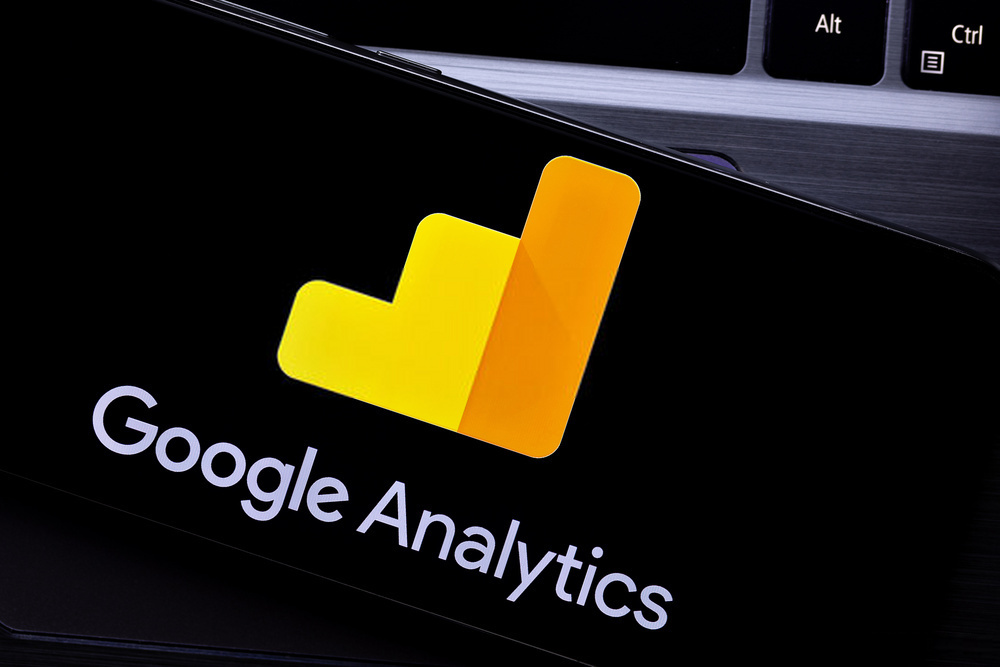Paid social measurement: navigating the challenges for ecommerce brands
Paid social is a powerful marketing tool for ecommerce brands but measuring its impact can be challenging. There are multiple ways to measure the impact of paid social on your business, but each method has its own set of challenges. In this article, we’ll explore some of the difficulties that ecommerce brands face when measuring the impact of paid social and discuss ways to navigate these challenges.
Paid social is extremely hard to measure for ecommerce brands
One of the biggest challenges of measuring the impact of paid social is that there are several metrics to consider. For example, you may want to know the number of impressions your ad received, the number of clicks it generated, or the conversion rate of those who saw your ad. Additionally, measuring the impact of paid social can be difficult because it can be influenced by many different factors, such as seasonality, target audience, and ad placement.
Paid social measurement is unreliable and inconsistent through ad platforms
Paid social content is unreliable. Not only do different ad platforms use different measurement and attribution models, it has also been shown that in-platform data tends to overestimate conversions. This possibly leads to DTC businesses making unfavorable investment decisions in their channels and broader marketing mix. For example, when running a paid social campaign in Meta, a decrease in conversions may be due to a change in Facebook’s attribution model, rather than your actual ad performance. This is even truer for more nascent platforms like TikTok which are still figuring out how to best track and attribute impressions, clicks, and conversions of their ads.
Platforms like Google Analytics don’t track impressions, which isn’t ideal for measuring paid social
A platform like Google Analytics is a widely used tool for measuring the performance of your website. However, it doesn’t track impressions, which is crucial for measuring the impact of paid social.

Instead, it focuses on bottom-of-funnel clicks, which are important for tracking conversions but don’t provide a full picture of your ad’s performance. This makes it difficult for ecommerce brands to get a complete picture of how well their paid social campaigns are performing. It becomes difficult, thus, to make informed decisions about their marketing strategy.
What is the solution for DTC brands and what are their pitfalls?
So, what are the options for ecommerce brands to measure their paid social campaigns more accurately? Here are a few:
Triangulation using flawed systems
One of the easiest and most accessible options for measuring paid social is to create an internal model relying on data from Google Analytics and ad platforms like Facebook Ads Manager or TikTok Ads Manager. This option is free and does not require any special expertise. This makes it a good choice for brands just starting with paid social.
However, this option also has its limitations. The data from ad platforms are often unreliable and inconsistent. This means that the internal model is also likely to be flawed. There is also the risk of double-counting sales and inaccurate guesswork, as well as the manual effort required to create and maintain the model.
Conversion lift tests
Conversion lift tests are one of the most accurate methods to measure the impact of paid social on your ecommerce business. These tests compare the conversion rate of a group that was exposed to your ad and a control group that wasn’t. By comparing the conversion rate of both groups, you can determine the lift that your ad campaign generated.
The good thing about conversion lift tests is that the data is available for free. You can also use ad platforms such as Google Ads Manager or TikTok Ads Manager to run these tests. However, there are some downsides to consider.
Firstly, to run a conversion lift test effectively, you need to make changes to your marketing strategy. This involves creating holdout groups and split groups that you’ll use to measure the impact of your ad. Secondly, it requires real expertise to implement and measure the results accurately. It takes more than just data to make informed decisions about your marketing strategy. You need to be able to interpret the results and use them to make data-driven decisions.
Work with a third party for click and impression measurement
Working with a third party that specializes in measuring clicks and impressions, such as Fospha, is another option for measuring the impact of paid social on your ecommerce business.

One of the good things about this option is that it provides an impartial measurement of clicks and impressions. This means that you’re getting an unbiased view of how well your ad is performing. Additionally, it applies one attribution model across all channels, making it easier to compare results from different channels.
The downside to working with a third party is that you’ll need to invest in a platform. While the prices for these platforms start low, you’ll still need to put in some budget to get started.
In conclusion
Measuring the impact of paid social on your ecommerce business can be challenging. There are many different factors to consider and multiple methods to measure the performance of your campaigns. These can be unreliable and inconsistent, making it difficult to get an accurate picture of your results. However, by considering the options discussed in this article, you’ll be able to find a method that works best for your business. Whether it’s triangulating using flawed systems, running conversion lift tests, or working with a third party, it’s important to have a solid plan in place to accurately measure the impact of your paid social campaigns.
Source: clickz.com
